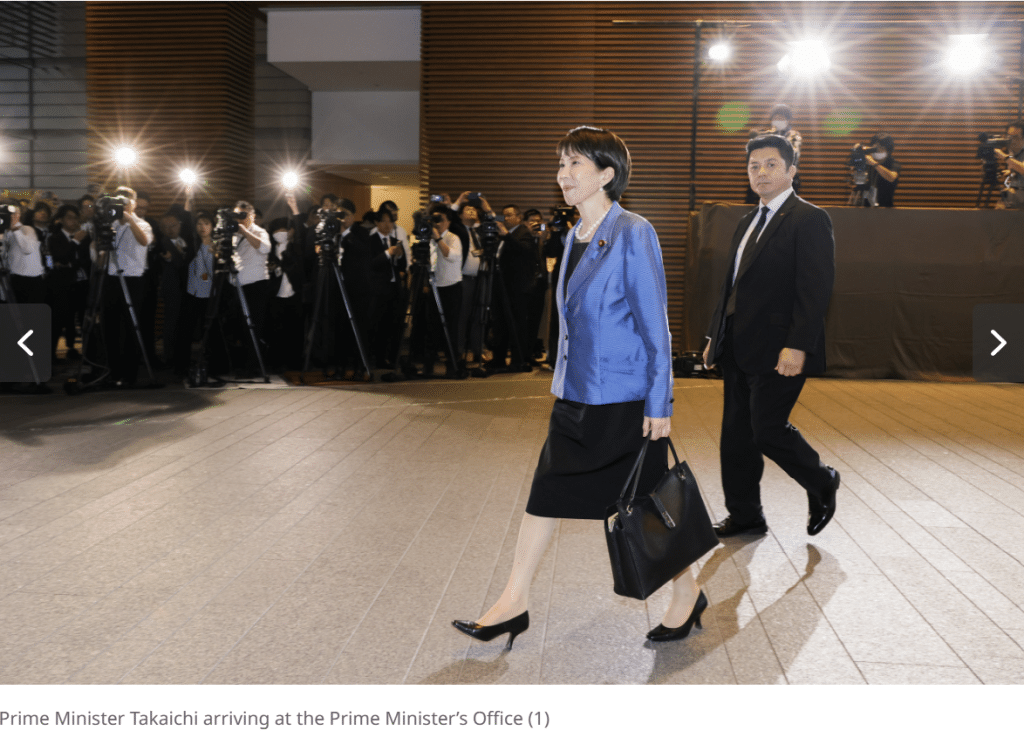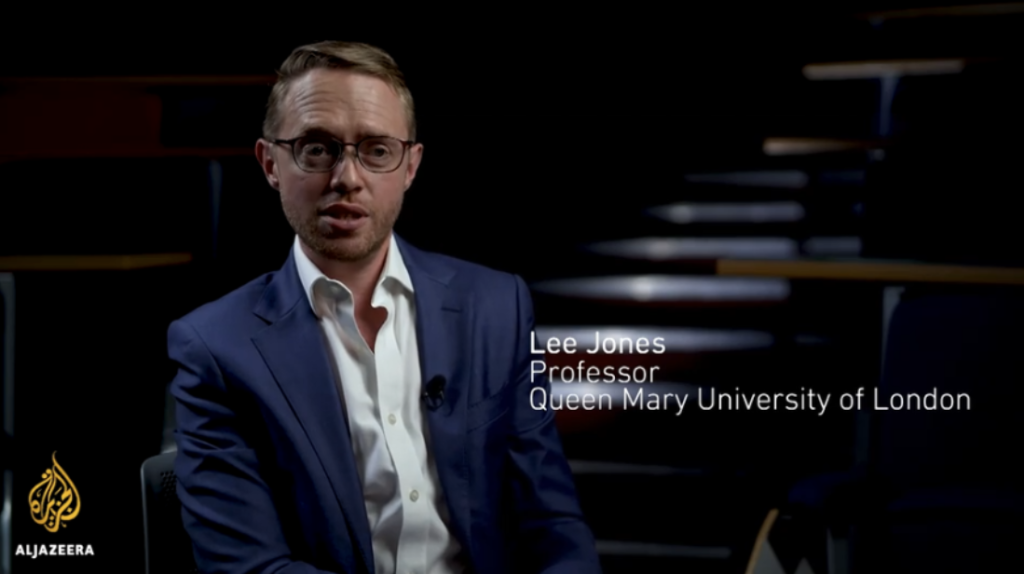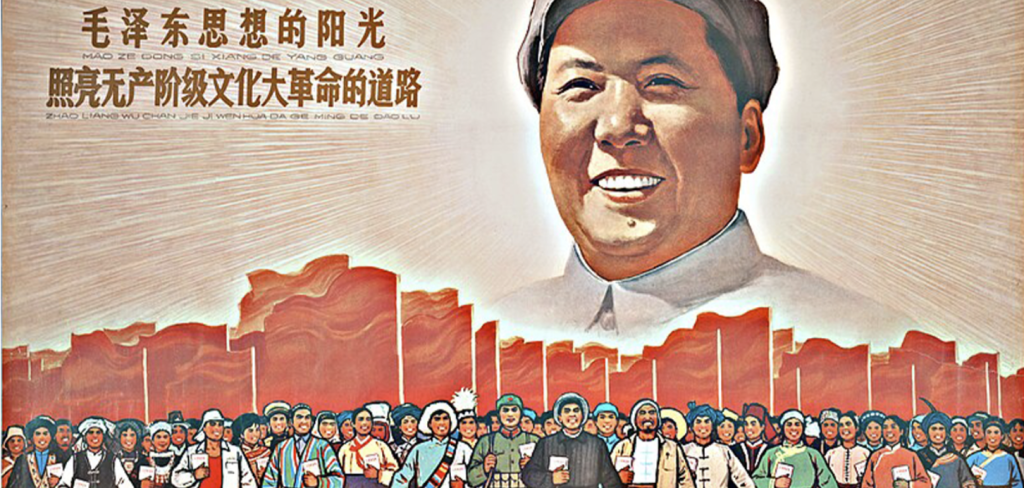Japan’s Prime Minister Takaichi Finally Says Something Close to What Beijing Wants to Hear
An Interview with Jacob Dreyer: A Shanghai-Based American Writer on China
- Interviews
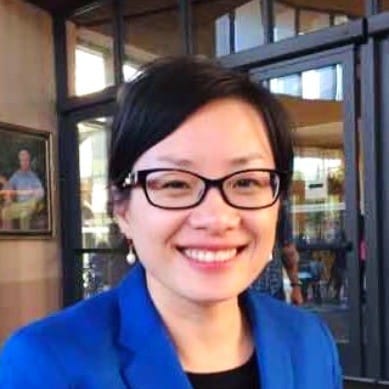 Juan Zhang
Juan Zhang- 07/08/2025
- 0
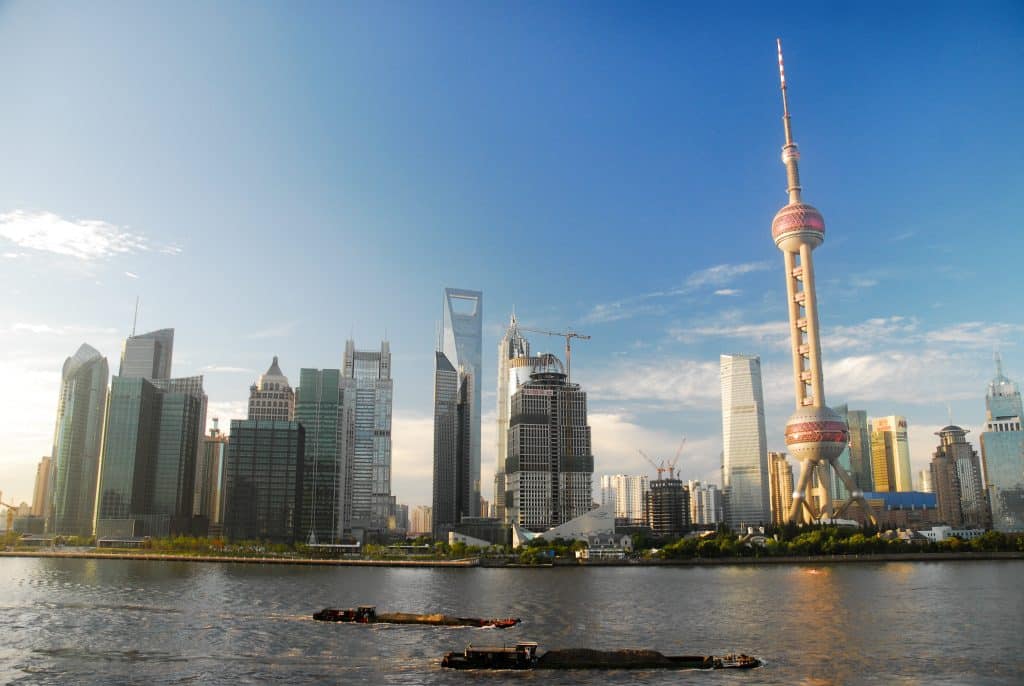
In July 2025, The New York Times published a widely discussed opinion piece titled “Trump’s America Is Beginning to Look More Like China.” The author is Jacob Dreyer, an American writer who has lived in Shanghai.
Jacob Dreyer has lived in China since 2008. In this exclusive interview, he discusses the inspiration behind his recent New York Times article and shares his perspective on key issues such as artificial intelligence, economic insecurity, and industrial policy in the two countries. Dreyer also offers his analysis of Trump’s China strategy and reflects on his experience as an American writer based in China—navigating beyond the binary of being “pro-China” or “anti-China” while striving to bridge the two countries.
Juan Zhang (JZ): Your recent article for The New York Times, “Trump’s America Is Beginning to Look More Like China,” sparked a lot of discussion. What prompted you to write this piece?
Jacob Dreyer (JD): In February, I visited DC; I was thinking a lot about the Silicon Valley-Trump fusion (which we hear less about now). So many aspects reminded me of Chinese policies after the 20th CPC, and I wrote an essay and also gave talks and lectures here and there about it. The NY Times editorial process being what it is, it took several months for this idea to get into the form that they wanted, and into print.
JZ: Having lived in Shanghai since 2008, you’ve witnessed China’s transformation firsthand. Can you share a specific observation that most profoundly shaped your evolving perspective on the U.S.–China relationship?
JD: When I left the US, it felt like the US was ‘boring’ and safe, and China was chaotic, anarchic, and wild. From corruption on display to red light districts in every city, crazy underground nightlife and a society churning constantly, it felt like China was a place for adventurers.
Nowadays, as a father of two, it feels like Shanghai is the ‘safe, boring’ place and the US is chaotic, anarchic, and wild, with corruption on display and… you get the picture.
Shanghai’s drift from being a wild and crazy place to a Singapore-style tame, middle class place is always present in my mind, but the changes in the second and third-tier cities are perhaps more profound.
When I got to China, certain things I wanted- coffee, for example, or avocados- were only available in parts of Beijing and Shanghai (like the famous ‘avocado lady’ on Wulumuqi Road). Now, they are everywhere, even Guiyang or Daqing.
But probably the biggest change is the way that the Chinese population is inexorably going from a 30/70 mix of entrepreneurs and workers/farmers to the new class of today of white collar engineer types and their middle-class children.
JZ: You note that “America was the model” for China’s industrial and consumer boom. In your view, where does China still look to the U.S. for inspiration — and where has it definitively charted its own path, perhaps even becoming a model in its own right?
JD: China certainly pays very close attention to American private sector innovation, especially in AI and biotech, and to the government’s role in fostering companies such as Palantir. Also, to the high-quality institutions (Harvard, Stanford, NIH). In this sense, if America is a diverse nation, like a gigantic grocery store with thousands of different things, China selectively takes 3 or 4 of them and leaves the rest.
I am not sure if I want to say China is charting its own path, exactly, but as capitalism in the US becomes ever more unregulated and short-termist, the Chinese chart a very different path vis-à-vis regulation of tech companies.
And of course, on energy and renewables, China is a global leader, in a class of its own, charting a path not only for itself but for global south countries in an energy transition (I had the chance to visit Indonesia on behalf of the Wilson Center to have a look last December).
JZ: In your article, you mentioned some shared anxieties around AI, automation, and economic insecurity between the two countries. Do those similarities create some opportunities for the two countries to cooperate?
JD: Absolutely. There are rumors that President Trump plans to visit China this September with CEOs. There are many obvious ways for China and the US to collaborate, and MAGA figures such as Bill O’Reilly, who recently visited China, are publicly saying so. In my view, since MAGA and China share many ideological predilections, it’s a matter of time before a deal, not only on trade, but on security, an updated Shanghai Communique, will come. However, some Chinese think that President Trump is too unstable, constantly changing policies, to make a long-term deal. One Shanghai investor I know is already looking forward to the JD Vance administration.
JZ: You commend China’s foresight in industrial policy and its push toward renewable energy. What specific Chinese strategies do you think the U.S. could learn from — and what American political or cultural factors might make that difficult?
JD: Much of what is called the ‘abundance agenda’ seems to me an attempt to adapt Chinese methods to America: ensure that regulation serves a broader purpose, supporting key industries, building housing, etc.
Beyond a strategy, Chinese companies have specific types of industrial skills that America needs to learn, perhaps via joint ventures like the one between CATL and Ford. In the deal that I hope President Trump and China can arrive at, I would hope to see Chinese companies partnering with American companies in joint ventures, making for the transfer of technologies that can help America to reindustrialize and decarbonize. Not only generic ‘regulations’ (although those are an issue), but the ways that the American system enables democratic checks and balances make this more challenging. Ironically, Mr. Trump’s amazing command over his base might actually make that easier. In Michigan, for example, Republicans have opposed Chinese investments. What if Trump gets off the phone with Xi, announces a great deal, and that he is making America Great Again, will Re. Moolenaar (R-MI) of the China committee publicly oppose him?
By consolidating power in the executive branch, China-style, Trump offers the possibility of a rapid partnership with China to reindustrialize America taking place. Like Richard Nixon, it’s exactly because he is famously anti-China that he might be able to pull it off.
JZ: As an American writer based in China, how do you navigate writing honestly about Chinese society without falling into “pro-” or “anti-China” camp? And more broadly, with U.S.–China rivalry intensifying, what kinds of cultural or intellectual bridges do you think urgently need to be built between the two countries?
JD: My life is pretty good, so I generally feel pro-China since China is the place I’m living. Often, my interactions with family members, especially my parents-in-law, retired cadres from Daqing, Heilongjiang, condition the way I understand Chinese politics. They are very patriotic and true believers in Communism. For me, being pro- or anti-China is like being pro or anti-wintertime. What we call China has been around as a state since before the birth of Christ. It’s a basic feature of the world that China exists. So, what we can do is try to understand it and decide what we want to do about it. (For example, if I hate winter weather I can move to Los Angeles).
Millions of Chinese have studied or lived in the US. The asymmetry is striking. I think that the Chinese are very capable of making whatever connections they want to; as an American, I really want to make more Americans have the knowledge and awareness of what’s going on in China, if only to start erasing the asymmetry that makes our country weaker.
Juan Zhang is a senior writer for the U.S.-China Perception Monitor and managing editor for 中美印象 (The Monitor’s Chinese language publication).
The views expressed in this article represent those of the author(s) and not those of The Carter Center.
Author
-

Juan Zhang is a senior writer for the U.S.-China Perception Monitor and managing editor for 中美印象 (The Monitor’s Chinese language publication).

